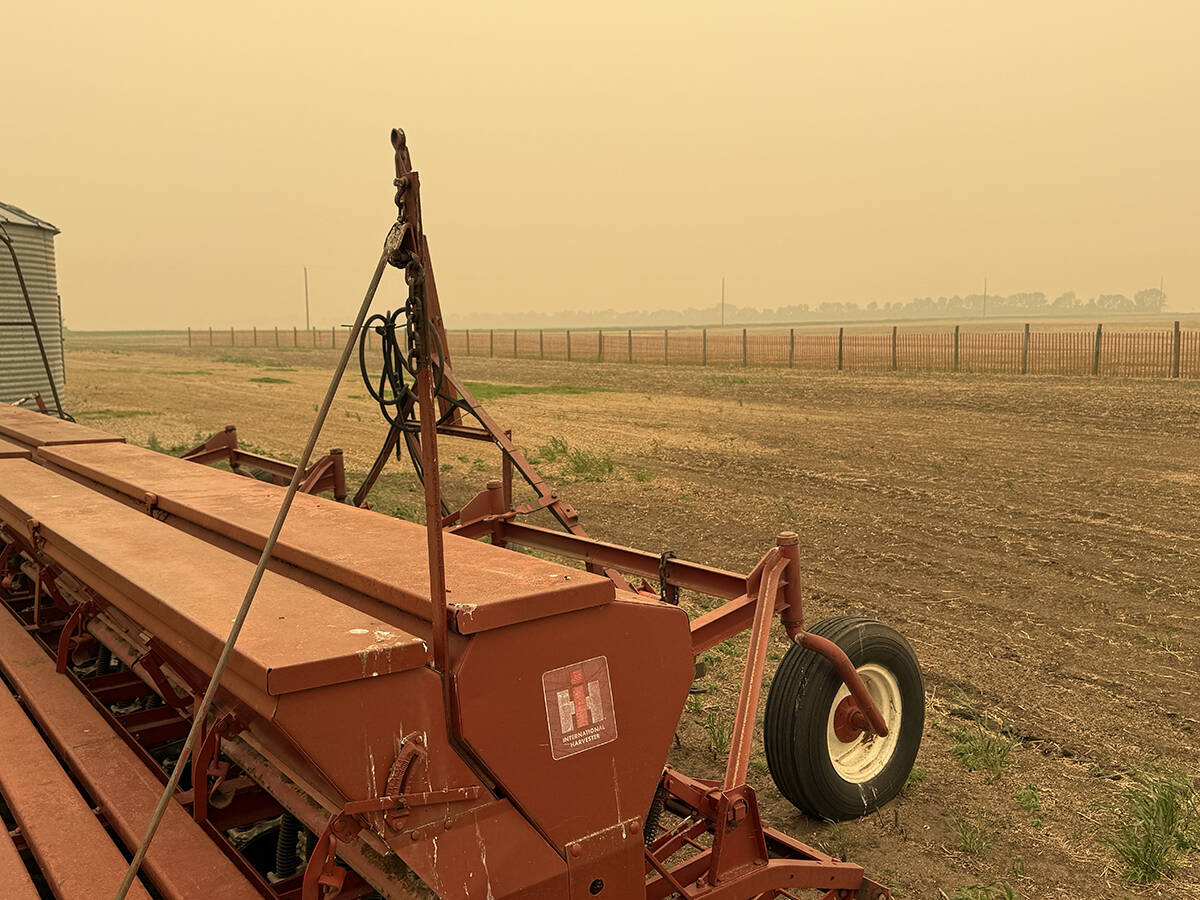Monsanto Canada is taking steps to ensure corn producers are planting sufficient refuge acres to protect the effectiveness of its insect control technology.
“Planting a properly configured refuge when using corn hybrids with in-plant Bt insect control is absolutely critical to protecting the long-term viability and effectiveness of these technologies,” Chris Anderson, stewardship lead for Monsanto Canada, said in a news release.
A new policy announced last week will allow the company to conduct random assessments of corn fields to check if producers are planting a proper refuge.
Read Also

Wildfires have unexpected upside this year
One farmer feels smoke from nearby wildfires shrouded the July skies and protected his crop from the sun’s burning rays, resulting in more seeds per pod and more pods per plant.
Most Bt trait technologies require a refuge of 20 percent of total planted acres, according to the release, but new Bt technologies, with stacked genetic resistance, require only five percent.
If corn growers don’t meet this requirement, Monsanto will send the producer a letter reminding him of the importance of planting a refuge. If the producer does not comply by the following growing season, he will “lose access to Bt technologies licensed by Monsanto.”
Monsanto has been working with the Canadian Corn Pest Coalition to increase the number of producers planting a refuge within their Bt corn acres.
After reviewing field survey data, the coalition warned in February that the number of Canadian corn growers complying with refuge recommendations has dropped to 61 percent last year from nearly 80 percent in 2005.
John Gavloski, an entomologist with Manitoba Agriculture and a member of the coalition, said a refuge of non-Bt acres helps control the population of resistant insects by reducing the opportunity for mutants to breed because it increases the amount of habitat for normal corn borers.
Gary Unrau, a corn producer near Roland, Man. and past president of the Manitoba Corn Growers Association, doesn’t have a problem with Monsanto’s new policy.
“There are rules in place to follow and if you’re breaking the rules, there should be some kind of consequence,” he said.
Farmers who plant a refuge likely have lower yields than those who skirt the rules, he added.
“It’s not fair for the farmers that are complying with the rules.”















